The Joy Luck Club by Amy Tan intricately weaves together the lives of four Chinese immigrant mothers and their American-born daughters, exploring the complexities of their relationships against the backdrop of cultural clashes and generational divides. Tan masterfully delves into themes of identity, tradition, and the struggle to reconcile heritage with the pursuit of individuality. Through poignant storytelling, she captures the challenges of assimilation and the enduring bonds between mothers and daughters. Each chapter reveals a new layer of insight, painting a rich tapestry of emotions and experiences that resonate across cultures and generations, making The Joy Luck Club Review a timeless exploration of familial love and resilience.
The Joy Luck Club Review and Book Summary
The Joy Luck Club by Amy Tan intricately unravels the interconnected stories of four Chinese immigrant women and their American-born daughters, exploring the complexities of their relationships amidst cultural and generational divides. The narrative unfolds through a series of vignettes, alternating between the perspectives of the mothers and daughters, each offering a glimpse into their experiences, struggles, and aspirations. The novel opens with the death of Suyuan Woo, the founder of the Joy Luck Club, a group formed by four Chinese immigrant women in San Francisco during the 1940s. Suyuan’s passing prompts her daughter, June, to take her place at the club’s mahjong table. Through June’s reflections, the reader is introduced to the other members of the Joy Luck Club An-Mei Hsu, Lindo Jong, and Ying-Ying St. Clair.
An-Mei Hsu’s narrative recounts her traumatic childhood in China, marked by her mother’s abandonment and subsequent suffering. An-Mei learns the power of storytelling from her grandmother, Popo, whose resilience inspires her to reclaim her own voice. An-Mei’s story serves as a testament to the enduring strength of maternal love and the importance of embracing one’s heritage. Lindo Jong’s tale revolves around her arranged marriage in China and her subsequent immigration to America. As a young bride, Lindo navigates the challenges of marriage and cultural assimilation, ultimately finding a way to assert her independence and identity. Her narrative explores themes of duty, sacrifice, and the pursuit of autonomy in the face of societal expectations.
Ying-Ying St. Clair’s narrative delves into her experiences as a young girl in China and her eventual marriage to an American man. Haunted by a sense of loss and betrayal, Ying-Ying grapples with her fractured sense of self and the complexities of motherhood. Her story illuminates the transformative power of forgiveness and the importance of finding redemption in the face of past mistakes. As the mothers share their stories, their daughters—June, Rose, Waverly, and Lena—begin to understand the profound impact of their mothers’ experiences on their own lives. Through a series of flashbacks and reflections, the daughters confront their own struggles with identity, belonging, and cultural heritage.
June struggles with feelings of inadequacy and guilt as she compares herself to her mother, Suyuan, who had high expectations for her success. However, through her journey of self-discovery, June learns to embrace her Chinese heritage and honor her mother’s legacy.
Rose grapples with the collapse of her marriage and the challenges of asserting herself in a male-dominated world. Through her mother’s guidance, Rose learns to find her voice and reclaim her agency, ultimately emerging stronger and more resilient. Waverly confronts the pressures of perfectionism and the weight of her mother’s expectations as a chess prodigy. However, as she navigates her own path to success, Waverly learns to appreciate her mother’s wisdom and guidance, forging a deeper connection with her roots.
Lena struggles with the dissolution of her marriage and the complexities of her relationship with her mother, Ying-Ying. Through her mother’s stories, Lena gains insight into her own struggles with identity and self-worth, ultimately finding the courage to embrace her heritage and forge a new path forward. The Joy Luck Club Review is a poignant exploration of the enduring bonds between mothers and daughters, as well as the universal themes of love, loss, and the search for belonging. Through their shared stories and experiences, the characters discover the power of forgiveness, redemption, and the transformative nature of familial love.
Also Read: Game of Thrones Book Summary with Review & Download PDF
What are the weaknesses of this book
The Joy Luck Club Review offers rich storytelling and explores complex themes of cultural identity and familial relationships, some critics argue that its structure, with multiple narrators and interwoven stories, can be overwhelming and disjointed for some readers. Additionally, Amy Tan’s portrayal of Chinese culture has been criticized for relying on stereotypes and simplifications, potentially perpetuating misconceptions. Some readers also find the pacing uneven, with certain narratives receiving more attention than others. while the novel is celebrated for its emotional depth and resonance, its structural complexities and cultural representations may not resonate equally with all readers.
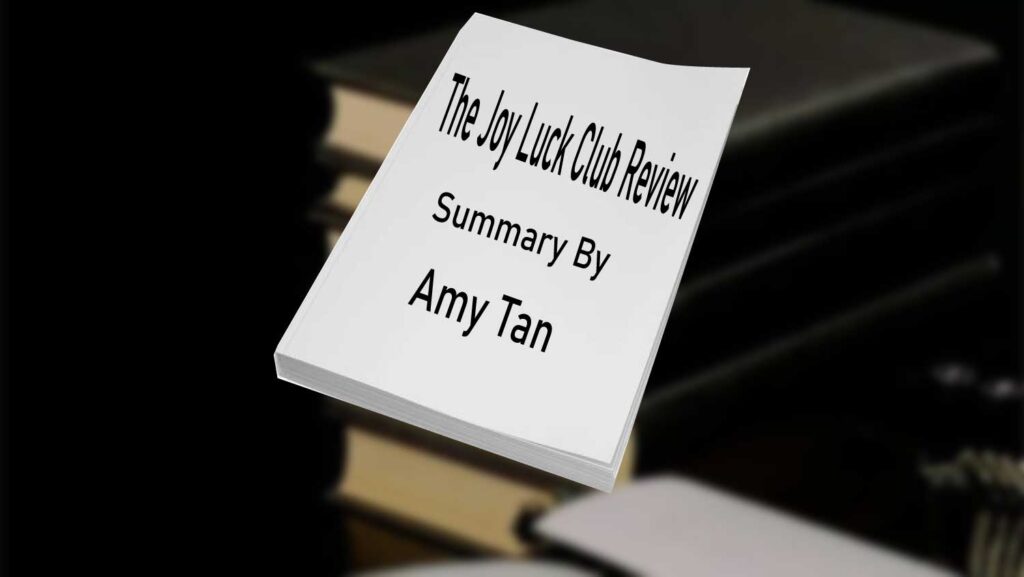
The Joy Luck Club book age rating – suitable ages for readers
The Joy Luck Club Review by Amy Tan is generally recommended for mature readers, typically ages 16 and older. The novel delves into complex themes such as cultural identity, generational divides, and the intricacies of familial relationships, which may require a level of emotional maturity to fully grasp and appreciate. Some scenes contain depictions of trauma and emotional struggles that may be more suitable for older teenagers and adults. While younger readers may still find value in the novel’s exploration of identity and heritage, parents and educators may want to consider the individual readiness and sensitivity of younger readers before recommending the book.
Is this book worth reading in 2024
The Joy Luck Club Summary remains worth reading in 2024 for its timeless exploration of themes such as cultural identity, family dynamics, and the immigrant experience. Amy Tan’s poignant storytelling and rich character development continue to resonate with readers, offering valuable insights into the complexities of human relationships across generations and cultures. The novel’s exploration of universal emotions and struggles transcends its original publication date, making it relevant and meaningful for contemporary readers seeking to deepen their understanding of intergenerational connections and the pursuit of self-discovery in an ever-changing world.
Should this book be worth reading now in 2024?
The Joy Luck Club Book Summary remains a poignant and relevant read in 2024. Amy Tan’s exploration of cultural identity, family dynamics, and the immigrant experience continues to resonate deeply with readers across generations. The novel’s rich characters and intricate storytelling offer profound insights into the complexities of human relationships and the enduring bonds between mothers and daughters. Its themes of self-discovery, resilience, and the pursuit of understanding transcend time and resonate with readers navigating their own paths in an ever-changing world. The Joy Luck Club remains a compelling and worthwhile read for anyone seeking depth, insight, and emotional resonance in literature.
Conclusion on The Joy Luck Club review
The Joy Luck Club PDF Boook by Amy Tan stands as a timeless masterpiece, weaving together the stories of four Chinese immigrant mothers and their American-born daughters with grace and depth. Tan’s exploration of cultural identity, familial relationships, and the immigrant experience resonates powerfully, offering profound insights into the human condition. Through rich character development and intricate storytelling, Tan delves into themes of resilience, forgiveness, and the complexities of intergenerational connections. While some may critique its structure or portrayal of Chinese culture, its emotional resonance and universal themes make it a compelling and enduring work of literature. The Joy Luck Club remains a poignant and thought-provoking read that continues to captivate and inspire readers worldwide.
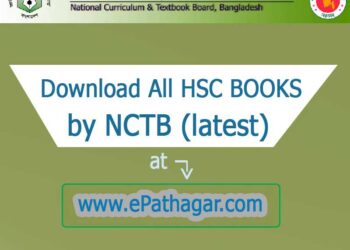

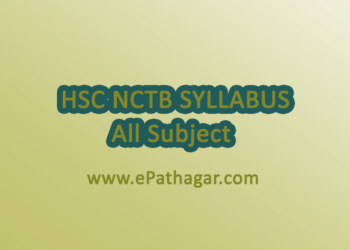
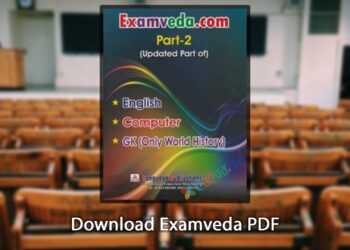

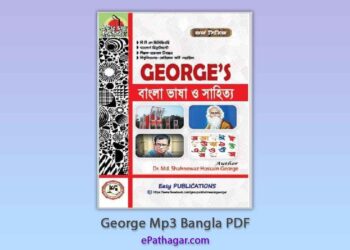

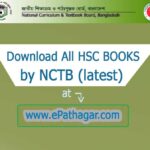

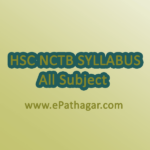

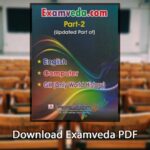
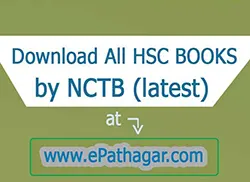
This Post Has One Comment
[…] Also Read: The Joy Luck Club Review With Sparknotes […]